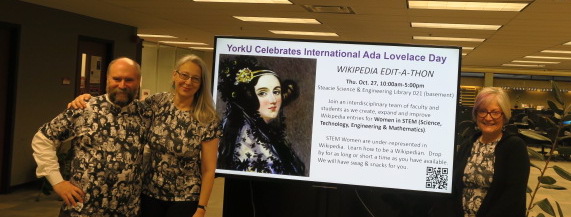When Wikipedia first launched in 2001, students quickly discovered its articles and started citing them in their written work. In the early 2000s, when I began to use TurnitIn to analyze student essays and lab. reports for plagiarism, I would often find entire paragraphs lifted from Wikipedia.
Plagiarism aside, most professors, including me, banned Wikipedia from being cited in reference lists. This is because it's a tertiary source of information, and both the primary and secondary sources that Wikipedia articles use should be cited instead. Notwithstanding, there are some rare occasions when it's acceptable to cite Wikipedia, but not many.
This doesn't mean that I avoid reading Wikipedia pages. On the contrary, they are often the first thing that I read to give me a quick overview of a topic. Many experts contribute to Wikipedia, and I've found that pages for those science topics where I have expertise, are very well fact-checked.
It wasn't until 2013, when inspired by hearing about Wikipedia Editathons, I created an assignment for Ecology students to learn how to edit and write Wikipedia pages. In 2015, John Dupuis and I launched the annual York University Ada Lovelace Day Wikipedia Editathon, to improve and increase the coverage about Women in STEM.
From these assignments, I found that students improved their technical understanding of the difference between primary, secondary and tertiary information sources. In fact, learning to be a Wikipedian teaches students why they can't cite Wikipedia in their research essays and laboratory write-ups!
Guiding students to become Wikipedians has become one of my favourite assignments. While I'm on sabbatical in India, I'm planning to hold a Wikipedia Editathon at Visva Bharati!
Tnx for fab #WomenInSTEM Toronto talks, @SMLXist!#YorkU 3rd annual #AdaLovelaceDay Wikipedia #Editathon begins @SteacieLibrary.#ALD2017 pic.twitter.com/knugMcwFZM
— Dawn Bazely (@dawnbazely) October 26, 2017


